It was polio then.
The disease that could strike you when you were leading a normal life, and change that life forever. Sometimes ending your life, but more often altering it by crippling you in one way or another.
No respecter of status or age.
The former Secretary of the Navy and future President of the United States, Franklin Delano Roosevelt, was diagnosed after swimming in the waters off the family summer home in Maine. He was 39 and never walked again. A high school student I chanced to know was struck after a summer at his family’s beach home on Lake Michigan. He was 17 and never walked again.
I was 6. Returning home to start school after a summer at my maternal grandparents’ cottage on Zukey Lake outside Ann Arbor, Michigan. The poliomyelitis, polio for short — also called infantile paralysis because of the paralytic effect — was misdiagnosed as malaria in my case. It was thought I had contacted it from my grandfather at the lake; he’d landed in the University of Michigan Hospital to be treated for malaria. So I was. (They had mistakenly linked the two.) I still remember the taste of the quinine. (Think tonic water.) And the high fevers.
One night, our cleaning woman who doubled as my baby sitter grew concerned as my fever went higher and higher. She filled the bathtub with cold water. It was an old-fashioned oval tub on cabriole legs, long even for adults, so it held a lot of water. When she thought the water wasn’t cold enough to bring down my temperature, she went down to the kitchen and chipped chunks of ice off the big block in the old oak ice box. She brought them back upstairs and slipped them into the bath water.
I remember those chunks of ice floating around me. And later learning my fever was up to 104, shooting for 105. Apparently the ice helped bring my temperature down. I survived.
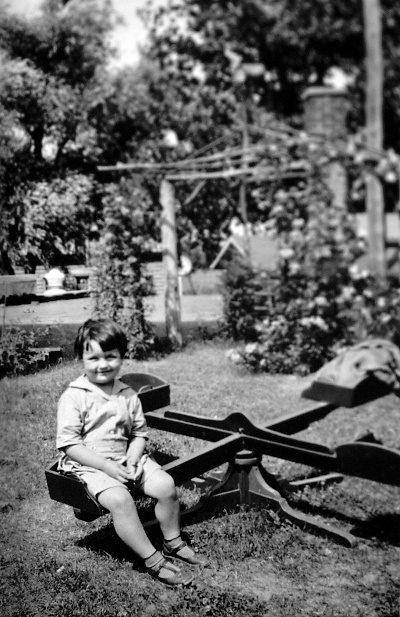
I was in my 30s when I discovered I’d had polio, not malaria, and left with scoliosis or curvature of the spine. Many years later my physician showed me an X-ray he’d ordered, and my spine was a perfect S.
I was lucky. Not only to survive but have minimal damage.
Thousands were paralyzed.
But, the point today: It was the lurking danger out there.
The great fear.
Something you could not see coming, had no control over, but could change your life forever.
There to be seen in the newspaper headlines. The photos of children on crutches and adults in iron lungs.
Then, the press conference at the University of Michigan that announced the Salk vaccine. I remember all three TV networks preempted their regular daytime programming to carry the press conference; it was in an auditorium to accommodate the humongous number of press and dignitaries. The world learned that day — April 12, 1955 — that the results of a trial showed the Salk poliovirus vaccine was 80 percent to 90 percent effective against paralytic polio. The United States government licensed the Salk vaccine later that day.
The national sigh of relief could have bent Redwoods.
I write this not to promote the hope of a vaccine or expectation of what one or more of the trials underway today might bring — although the news is ever more encouraging and one can only imagine the size of the news conference for a formal announcement there — but to note that fear and dread of viruses is not new.
Nor pandemics.
In the 14th century, Bubonic Plague or the “Black Death” killed an estimated 50 million people when it swept through Asia, Europe, and Africa. It was a bit before my time so I have no personal knowledge of the terrible toll. I do, though, of the Spanish Flu epidemic in 1918, often mentioned today, that killed almost 500 million people and infected one third of the world’s population. My mother, who was 18, about to be 19, was one of them.
In fact, she died. Or so the doctor thought, and went as far as to call the funeral parlor.
She did not, living on to age 83. She had what is today called a “near death experience.”
She said she heard her mother screaming at her to come back. Come back. She said it was like when you’re out playing and it gets dark and your mother calls you to come in and you don’t want to, but you do.
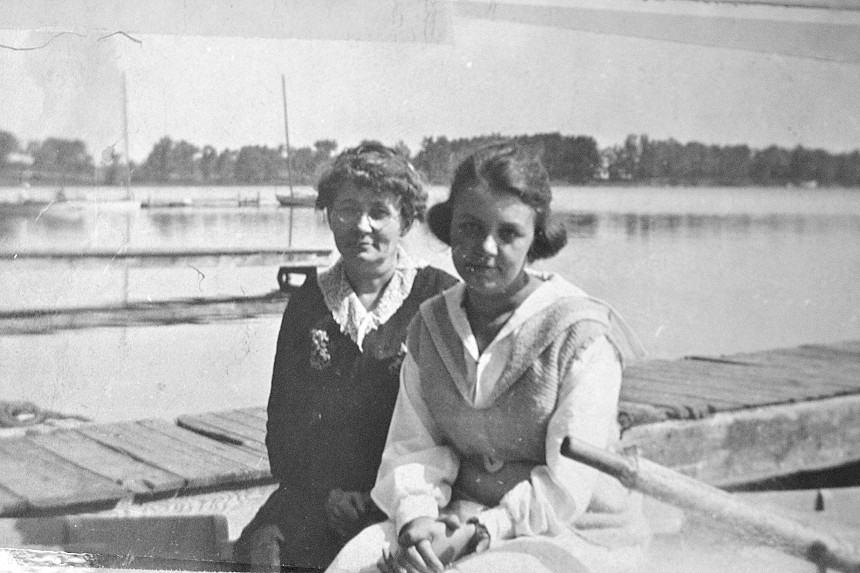
She told me how neighbors celebrating the end of World War I — the announcement of an Armistice November 11 — went outside and started shooting a rifle into the air. It was right under her bedroom window and she was so delirious with fever, she thought the Huns (the term for the Germans then) had landed and reached Ann Arbor.
Every generation has its dangers. Fears.
Scarlet fever. Measles. Smallpox. Yellow fever.
Today it is galling as well as scary to find that in this era of heart transplants and MRIs there is still something out there that can strike us, put us in the hospital, on a ventilator, and, perhaps, in the morgue.
It can strike unexpectedly, like Carl Sandburg’s Fog, “come on little cat’s feet.”
As for the unexpected —
A friend called me last Saturday to tell me my neighbor had just tested positive for the virus. The neighbor had been in and out of my condo the previous Sunday as she programmed an iPhone for me. (I’m 94 and not high tech.)
Because I’m 94 — and, equally important, my friend’s husband was scheduled for surgery this week and she had to be sure I wasn’t infectious when she saw me Saturday — I contacted my doctor about getting tested. An appointment was set for me at the testing facility at the University of North Carolina Medical Center. The logistics of the process ranked with some I’ve seen in World War II movies. The vehicles of all colors and makes were in long, serpentine lines — not quite bumper to bumper and fenders not quite close enough to pose a danger to either vehicle — curling around the orange traffic cones, two lanes wide, moving slowly forward. The now-familiar plastic tents at points along the way, stops on the station, so to speak, staffed with people who evoked old images of the men who landed on the moon. As I said to the friend who took me, “I suspect this is not what we all expected to be doing this morning at 9 a.m.”
You’ve probably seen the actual test on TV. But it happens to be a longer, more complicated matter.
I was given a sheaf of pages stapled in one corner. I filled in the information requested on the top two — my name, birthdate, and a tower of checkboxes that provided a quick medical history of diseases I’d had (or had not) and another tower for current issues or symptoms. The top two were torn off at one stop for use by the personnel there, and I brought the remaining pages home for review — what to do if my test was negative or if it was positive.
After the much pictured swab of a nasal passage, a final check: my approving my name and birthdate on the label on the vial to be processed, the result to come within 24 to 48 hours.
I’m happy to say that it was negative, but I must still quarantine.
I can also say that I never dreamed last Tuesday, or even last Saturday before my friend called, that I would be tested for COVID-19 at 9:15 a.m. Tuesday, November 10, in the parking lot of a medical complex.
Things happen that jolt us out of our normal routine. Pose a threat. Test us.
I remember the president of the University of North Carolina talking about the Great Depression. He lived in a mill town in North Carolina. I forget if there were four mills and five banks or five mills and four banks. Regardless, he and everyone in town woke up one morning to find the banks had closed, as had the mills. You only had what you had in your pocket or wallet, or an old coffee can in a kitchen cupboard.
Somehow, they made it through.
It wasn’t idly that Tom Brokaw dubbed it “The Greatest Generation.”
The other half of that double feature: World War II.
Being 94, I remember it. Pearl Harbor. Out of the blue.
Suddenly, food stamps. Gas rationing. War headlines every day and casualty lists every week. And the troop trains I passed on my way to and from college. The Army officers and enlisted men, Navy officers and enlisted men, in the cavernous marble waiting rooms of the railroad stations.
We soldiered on, as they say. Lived our lives. Did our best. And celebrated the end of the war in Europe on V-E Day May 8, 1945, and President Truman’s announcement of the Japanese surrender August 15, 1945.
We are not the first in confronting something that could harm us. Nor will we be the last.
And while it’s not a vaccine, it’s a comforting thought: This, too, shall pass.
Featured image: The author at Zukey Lake (courtesy Val Lauder)
Become a Saturday Evening Post member and enjoy unlimited access. Subscribe now
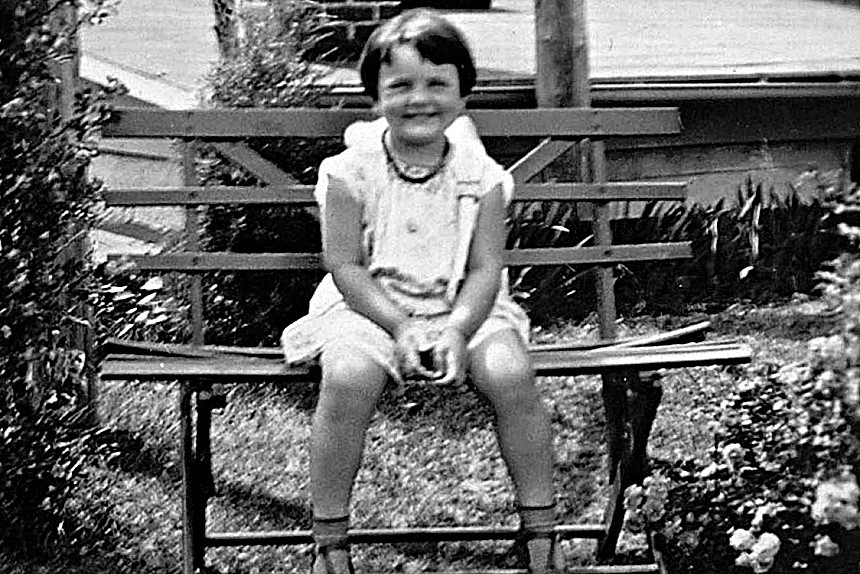
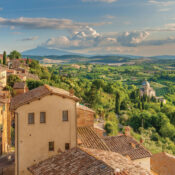
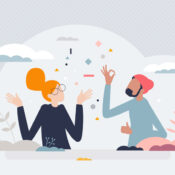
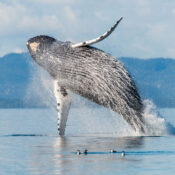
Comments
This was a lovely gentle reminder that today’s terrible toll is not unique to us. We’re just passengers on a train that hauls many carriages.
Val, thank you for sharing some very terrifying, close-call experiences you endured as a young girl with polio. I’m so sorry it was misdiagnosed, but glad it was clarified for you in your 30s, and the damage was minimal. Since I kind of feel like I know you through your personal essays, I got scared for you knowing that you’d had such a high fever, that likely killed many children over the centuries, and still can and does today. Your cleaning woman was also your guardian angel, knowing what to do, and saved your life.
Thanks for the reminders of the terrible plagues that have befallen mankind in previous centuries. It’s amazing really that there haven’t been more than there have been, really. I can’t get over what happened to your mother though; my God. Your grandmother, I have no doubt was touched by God and knew what to do to save your mother; to literally bring her back to life. If that isn’t a miracle, I don’t know what is!
And a C-19 scare for you this month. I’m so glad it was negative and you’ll continue to quarantine as instructed. It IS a comforting thought that this too shall pass. I think that would happen much faster and without the number of fatalities that are now a science-fiction nightmare come true, and getting worse by the day, if people today were even one quarter as smart and mature as ‘The Greatest Generation’.
But no, the public today (overall, not all) will want even BIGGER Thanksgiving & Christmas gatherings because of Covid all these months and feeling sorry for themselves, not looking at the big picture, listening to Dr. Fauci, Dr. Birx or Dr. Bright. Yes, we’ve had a President that’s (to be kind) denounced all three, refused and still does to wear the mask. I rolled my eyes knowing better, and look at it as a small price and bother to keep others and myself safe. If he were to put himself in a canoe and go over Niagara Falls, would you? Of course not. Same with anyone with basic common sense that can think for themselves.
Happy Thanksgiving early, and stay well. I love your columns very much. I also love the fact I’m getting out of having to spend the Holidays around the dinner table with a certain family member I’ve mentioned in past comments that has extinguished her cigarette in the cupcake frosting on the dessert table foyer, embarrassed me with an awkward moment and even a face slap as I tried to create SOME semblance of Norman Rockwell Thanksgivings and Christmases. Well, at least nice enough not to have him drop his pipe in shock!